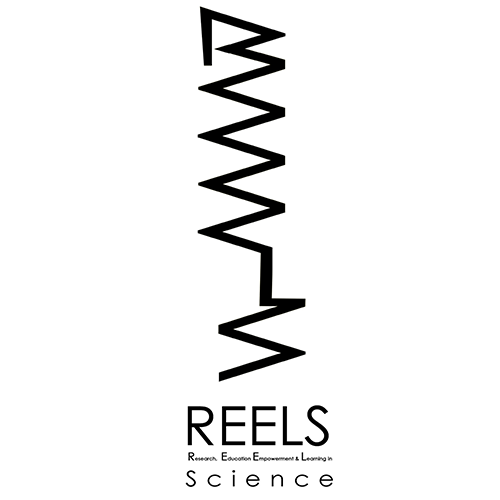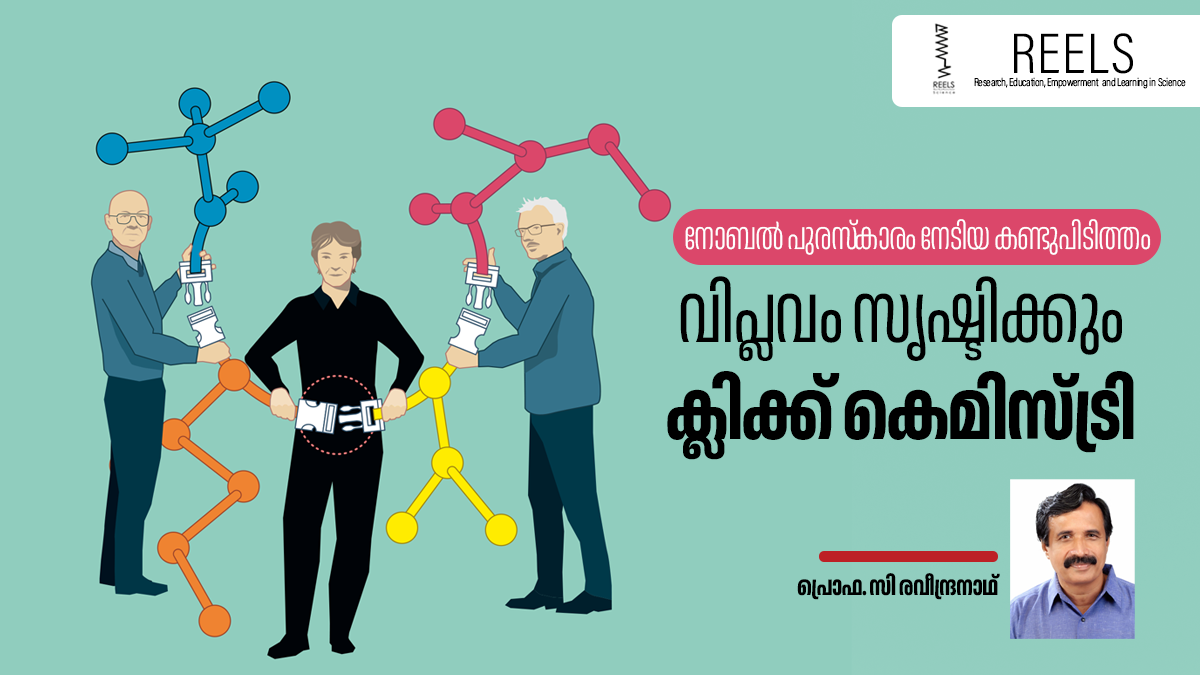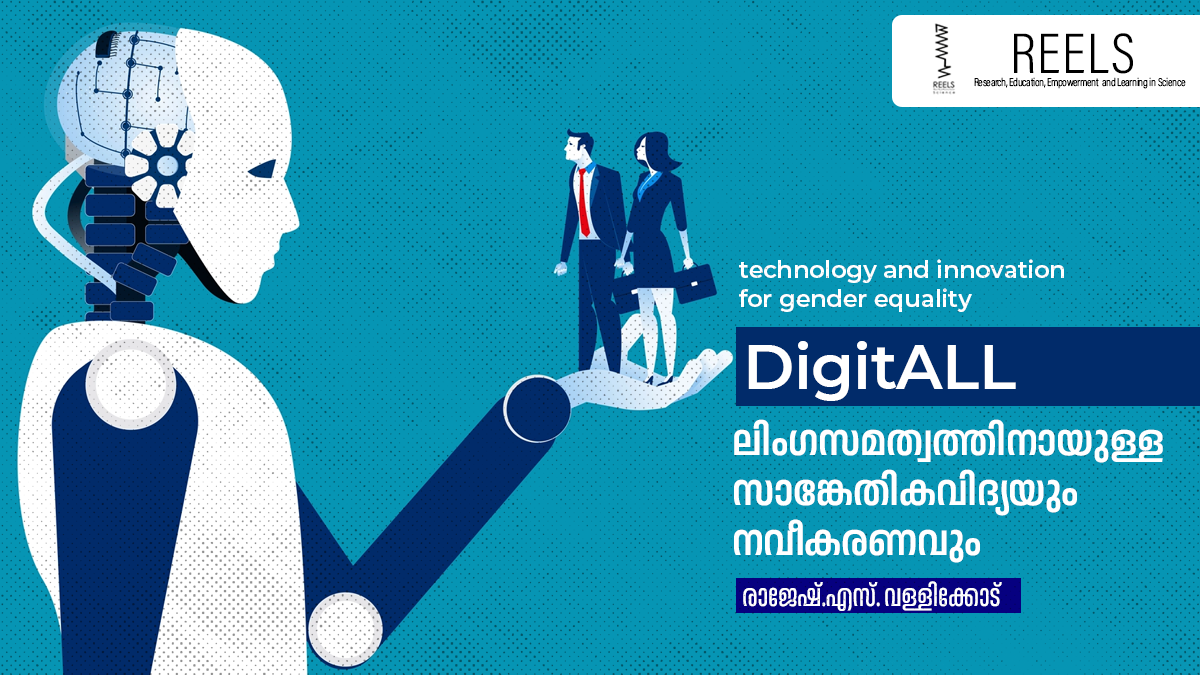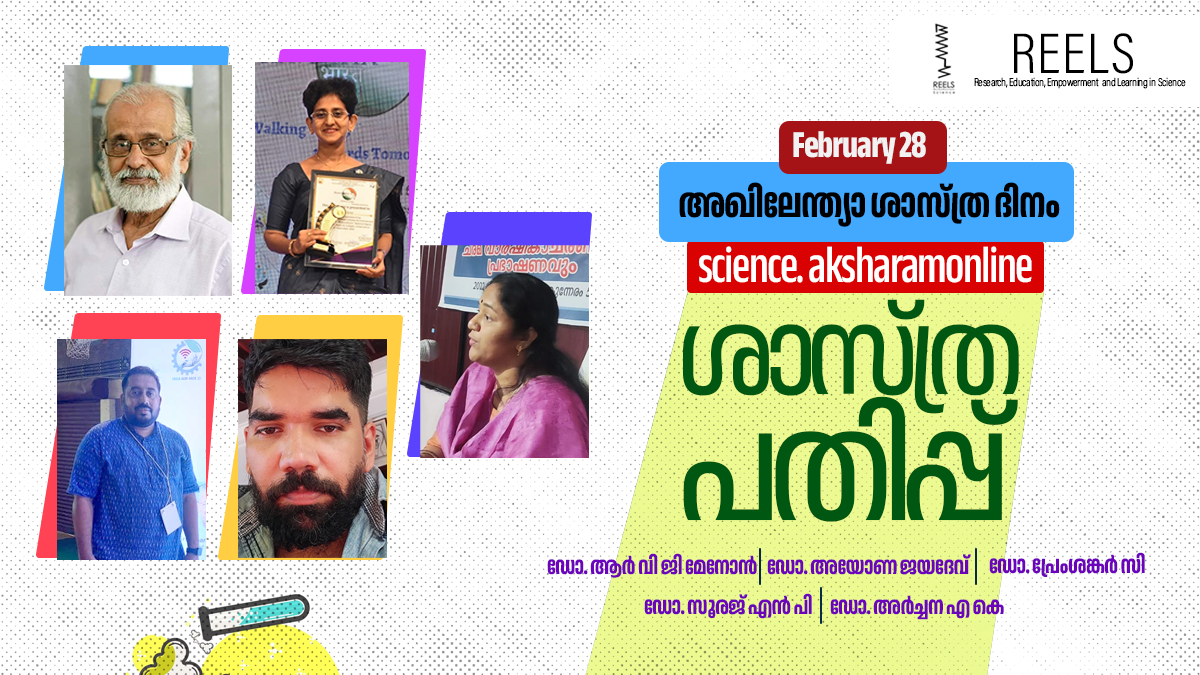Irfan Khan and Pradeep G Kumar
Division of Molecular Reproduction, Rajiv Gandhi Centre for Biotechnology, Thyucaud PO, Poojappura, Thiruvananthapuran 695 014, Kerala
kumarp@rgcb.res.in
Decades of research in the field of infertility has underplayed the male component of reproduction, though it contributes to 50% of overall cases and itseverely lacks in high quality treatment regimes. Male infertility is a multifactorial, complex pathological condition Recent studies have shown that it is associated with increased risk of developing other health co-morbidities, thereby emphasising the importance of male infertility as biomarker for overall health status of men. A vast array of risk factors contributes to the infertility which include genetic, hormonal, cellular and life style related factors. Conventional Semen analysis is considered to be the gold standard and most widely used diagnostic tool to evaluate the male factor infertility. However it provides inadequate information and remains as a counselling tool, leaving patients and clinicians in need of additional novel biomarkers to effectively discriminate fertile from infertile men.
Centre for Disease control and prevention (CDC) has divided causes of male infertility into three categories – spermatogenic defects failure to produce functional sperm, defective transportation due to obstruction or absence of seminal ducts or lack of motile sperm and Ineffective delivery psychosexual/ ejaculatory problems.
Currently available Fertility interventions for male infertility start based on whether spermatozoa are present in the ejaculate. Artificial insemination using Husband’s sperm (AIH) is one of the treatment options employed in scenarios with sperm available in the semen and failure to have conception following repeated natural attempts. AIH is also an option available to those couples with physical problems in getting the sperm to the right place, the husband’s sperms are collected and deposited into to the cervix of woman using a catheter. However overall success rate is 15-20% and there is no evidence that AIH increases the chances of conception in couples having normal intercourse. Other limitations include pain, vaginal bleeding, infections, embarrassment and multiple births.
Intra-Uterine insemination (IUI) is one of fertility intervention employed in case of poor cervical mucus and unexplained infertility, in IUI healthy sperms from husband are collected, concentrated and placed into the uterus directly during ovulation time. IUI is not helpful if the male partner has low sperm count or abnormal sperm function and in cases of endometriosis. It is associated with low success rate, sometimes requires ovarian stimulation and use of fertility drugs. Full semen assessment and semen culture is necessary and minimum of 5 million motile sperm are required for successful IUI. The success rates may vary from case to case depending on the underlying cause.
Gamete Intrafallopian Transfer (GIFT) is a sophisticated form of Artificial Insemination treatment available for couples with sperm dysfunction where mixture of sperms and egg are placed in fallopian tube and allowed to fertilize, but it is not useful in case of severe forms of male factor infertility. GIFT is generally found to be slightly more successful with success rate of 25-30%, however it is not a suitable technique for the patients with blocked fallopian tubes or pelvic adhesions.
In Vitro Fertilization (IVF) is treatment option for patients with proven tubal disease, Male factor infertility, ovulation disorders and moderate to severe endometriosis. It involves retrieval of multiple mature eggs from woman and fertilization with man’s sperm outside the body under controlled laboratory condition. Then, the fertilized embryos are implanted into the uterus. Number of factors such as reproductive history, maternal age, cause of infertility and life style govern the success of IVF and other limitations include psychological, emotional and financial stress as it is associated with high costs and low success rate.
Assisted Hatching is performed in conjunction with conventional IVF which involves drilling or tearing of small breaks in Zona Pellucida through mechanical or chemical or laser assisted hatching methods to improve implantation. There is not enough evidence to show assisted hatching improves live birth rates and it may result in lethal damage to embryos.
Intra-cytoplasmic sperm injection (ICSI) involves a process of injecting a single sperm directly into a mature egg. It is most commonly used in cases of low sperm count, poor motility and idiopathic male infertility and repeated failed IVFs. ICSI procedure fertilises 50-80% of eggs, however fertilization rates doesn’t determine the live births. Though pros outweigh the cons of ICSI some of limitations include the risk of birth defects and high costs.
Intracytoplasmic morphologically selected sperm injection (IMSI) is newly available fertility intervention for patients with lower sperm count, sperm structural abnormalities, IVF/ICSI failures, sperm DNA fragmentation and severe oligoasthenoteratozoospermia and unexplained infertilities. It employs high-magnification digital imaging microscope is utilised to examine and to select individual sperm for microinjection into the egg. It is associated with high cost and it does not increase successes rate it is useful only in special cases.
Physiological ICSI technique (PICSI) is used in repeated ICSI failures to select mature sperm based on its affinity to interact with Hyaluronan (HA) – hydrogel which mimics the natural binding of mature sperm to oocytes invivo. It is found to increase success rate by 20%, though there are no distinct disadvantages its effectiveness has to be fully established.
Sperm retrieval techniques (SRTs) coupled with ICSI are currently available treatment options for azoospermic men (partners who does not have sperm in their ejaculate). SRT employs surgical methods of retrievinng spermatozoa from epididymides and testicles of patients with obstructive and non-obstructive azoospermia.
Percutaneous Epididymal Sperm Aspiration (PESA) is used to retrieve sperms present in the epidydmis at different sites (Cauda to Caput). Aspirates from cauda are rich in poor quality senescent spermatozoa. As it is blind procedure it might require multiple attempts to obtain high- quality motile sperm.
Testicular Sperm Aspiration (TESA) and Testicular Fine Needle Aspiration (TEFNA) involves passing a fine needle directly into the anteromedial or anterolateral portion of the superior testicular pole at an oblique angle toward the medium and lower poles the testes in order to retrieve a small number of the seminiferous tubules. TEFNA is widely used for diagnostic purpose. Some of disadvantages include fewer sperm retrieval and involves risk of hematoma/testicular atrophy
Testicular sperm Extraction (TESE) which is actually open surgical biopsy of the testis to remove testicular parenchyma by making a transverse incision in anterior scrotal skin, dartos muscle and tunica vaginalis and closed by suture. Some of drawbacks in this procedure include high cost, low sperm retrieval, impairment of testicular androgen production and post-operative discomfort.
Microsurgical Sperm Retrieval Methods employ microsurgical techniques and instruments, including an operating microscope for sperm acquisition from epidydmis and testis. Microsurgical Epididymal Sperm Aspiration (MESA) is surgical technique in which epididymal tunica is incised and enlarged tubule is selected, opened using microsurgical scissors and fluid is aspirated. MESA can be repeaed at various sites of epididymis (cauda to caput) to retrieve adequate number of sperm. Microsurgical Testicular Sperm Extraction (micro-TESE) single, large, mid-portion incision is made in an avascular area of the tunica albuginea to dissect testicular parenchyma (high in germ cells) or enlarged tubules using microsurgical forceps and sutured. Some of common disadvantages in MESA and micro-TESE include high cost and time demanding, microsurgical expertise and postoperative discomfort.
Pros
More than 8 million babies are born from IVF, after Historic birth of Louise Brown also known as “test tube baby” in 1978 at Oldham General Hospital is a culmination of decades of scientific research in reproductive medicine and it quickly became apparent that it was also an excellent therapeutic option for male infertility with idiopathic sperm abnormalities. Such Infertile the men will have higher chance of conceiving as IVF-ICSI is not impacted by the immaturity of the male gamete, sperm acrosome dysfunction, override sperm kinetic defects and can successfully bypass cases with anti-sperm antibodies. Patients suffering from Polycystic ovary syndrome/ endometriosis can also conceive using donor eggs. Pre-implantation genetic screening (PGS) ensures to conceive healthy offspring from the individuals suffering from genetic disorders such as cystic fibrosis, Huntington’s disease and muscular dystrophy.
Cons
Just like other medical treatments IVF is also associated with some of possible risks. All fertilized eggs may not develop in to healthy embryos/miscarriages (low success rates), maternal health complications such as multiple pregnancies/premature labor and poor genetic material or unknown genetic problems present in infertile men(abnormalities in testicular germ cells) may lead togenetic complications in the newborns such as Sex chromosome abnormalities, hypopadias, Angelman syndrome, Beckwith-Wiedemann syndrome and other birth defects is of great concern (Seggers,et al. 2015). Hence infertile couples planning for IVF should be enrolled in Genetic counselling, preimplantation genetic diagnosis, and state of the art prenatal diagnosis.As IVF treatments are associated with high cost and repeated failures, further cause economic burden, physical and psychological trauma to the infertile couples.







